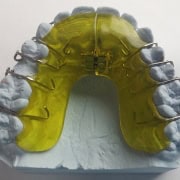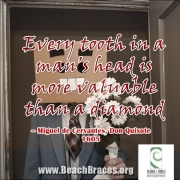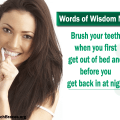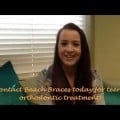Can You Eat Gum With Braces? (5 EPIC AND EASY FACTS FOR MOMS)
Habits are hard to kick we know so in this post, we’ll tell you the facts on chewing gum and braces, what chewing gum is best when wearing braces and what to avoid to allow for a smooth transition into a beautiful smile.

What Does Gum Do To Braces?
Firstly, the wires placed in the mouth by the orthodontist are fixed in accordance with the desired movement of the recipient’s teeth. Chewing gum can bend these wires and if this happens, the teeth will move in relation to the bent wires. This means, at the next visit to the orthodontist, the wires will have to be changed. Moreover, in the longer term, this could lengthen the treatment time. Brackets and wires are the main victims of chewing gum with braces.
But wait….
What About Sugar-Free Gum With Braces?
All things considered, chewing sugar-free gum for 20 minutes helps to prevent tooth decay if it is done just after a meal and is a good substitute for brushing and flossing according to the American Dental Association, because the act of chewing the gum produces saliva which washes away dangerous bacteria, so protecting teeth.
Accordingly, some orthodontists suggest that sugarless gum can be chewed, just not too much is not chewed at one time. It appears that the chewing action can stimulate the bone surrounding the teeth that the braces are trying to move and this is not a bad thing.
Today, the wires used are a lot more flexible than those used in braces a few years ago so that modern ones interfere less with the user’s lifestyle. Furthermore, these modern techniques along with the more invisible nature of these devices are the very reason why so many people have started using braces to improve their appearance.
What Are the Problems with Chewing Gum with Braces?
One of the problems associated with braces is keeping the teeth clean in between the braces and their various attachments. That is why sugar-rich food is discouraged as the sugary substance can become lodged in hard to clean areas, which can accelerate the formation of cavities and tooth decay. Research has discovered that sugar-free gum which has been sweetened with xylitol and other types of artificial sweeteners can reduce the formation of cavities.
Xylitol inhibits the development of Streptococcus mutans, the bacteria that contribute to tooth decay. When fluoride is included in chewing gum it can strengthen tooth’s enamel. It is thought that the act of chewing gum increases saliva production and so washes away bacteria. It is an important process in preventing decay as much as any of the chemicals placed in the chewing gum. So this type is the most apparent gum you can chew with braces.
Alternative Orthodontic Methods
- These days you can find orthodontic braces that you can remove. if you really need to chew gum this is a good way as your devices won’t be affected by damage from chewing. Invisalign straightens your teeth without wires and brackets, using a series of clear, customized, removable appliances called aligners.
Conclusion
So, can you chew gum with braces? Always best to avoid, however traditional braces patients can chew gum if it is on the list of sugar-free gums approved by the ADA (American Dental Association). Aspartame, sorbitol, or mannitol are used as sweeteners in these gums to prevent cavities.
Make sure you check out the list of sugarless chewing gums that meet ADA requirements for preventing cavities. Please let us know if you have any questions about your braces or preferred gum.
Beach Braces
1730 Manhattan Beach Blvd.
Suite B, Manhattan Beach
CA 90266
Phone: (310) 379-0006

Dr Patti Panucci attended the University of Louisville School of Dentistry for four years, where she graduated with a DMD degree (May 2000) among the Top 10 in her class. Following that, she headed west to Los Angeles to complete her three-year residency at one of the top-ranked orthodontic programs in the country – the University of Southern California.
Along with her certificate in orthodontics, Dr. Panucci earned a master’s degree in craniofacial biology. During those three years, she fell in love with Southern California beach life and decided that this was where her future lay.














Leave a Reply
Want to join the discussion?Feel free to contribute!